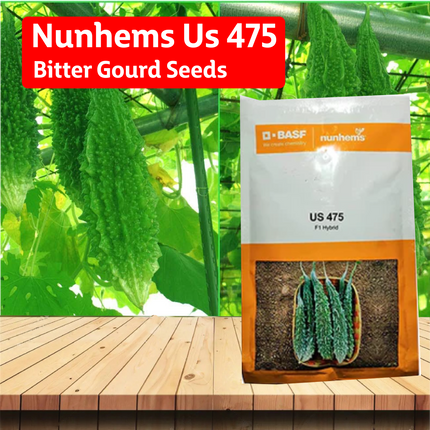Nunhems US 475 Bitter Gourd Seeds - Pack of 250 Seeds
- Nunhems
Rs. 560.00
- Taxes are Included on Price. Shipping charges will applicable as per the Order Size.
ನಮಸ್ಕಾರ ರೈತರಿಗೆ ಅಗ್ರಿಪ್ಲೆಕ್ಸ್ ಇಂಡಿಯಾಗೆ ಸ್ವಾಗತ | ರೂ.1299/- ಕ್ಕಿಂತ ಹೆಚ್ಚಿನ ಆರ್ಡರ್ಗಳಲ್ಲಿ ಉಚಿತ ಡೆಲಿವರಿ ಪಡೆಯಿರಿ
Rs. 560.00

{ 5 ನಕ್ಷತ್ರಗಳಲ್ಲಿ 0
ಈ ಉತ್ಪನ್ನವು ಇನ್ನೂ ಯಾವುದೇ ವಿಮರ್ಶೆಗಳನ್ನು ಹೊಂದಿಲ್ಲ